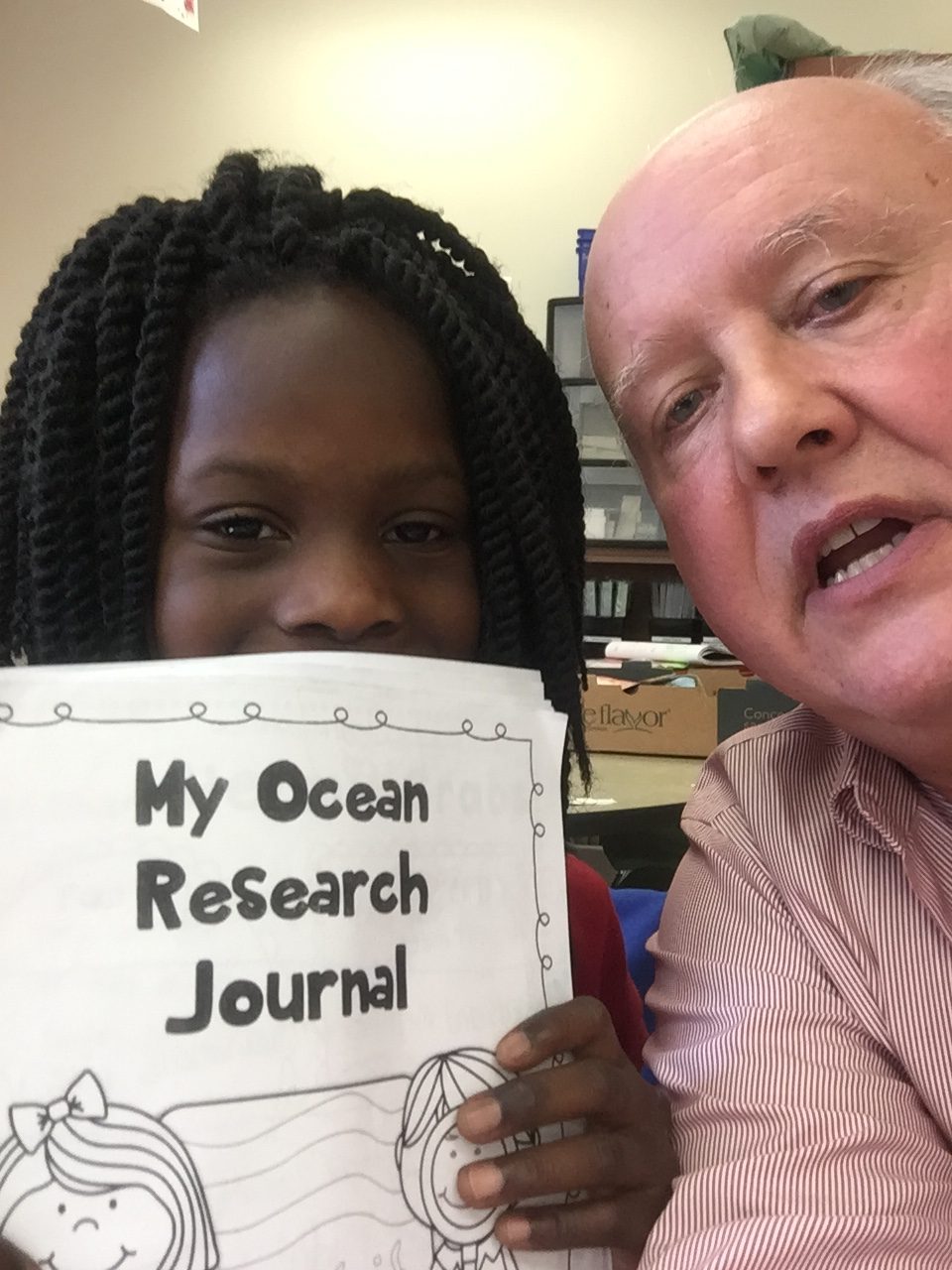Billionaire philanthropist Robert F. Smith woke up Morehouse grads by promising to pay off their student loans: “On behalf of the eight generations of my family who have been in this country, we’re going to put a little fuel in your bus,” he said. Robert Smith made 400 students at graduation ceremonies the happiest students on the planet! What generosity, what a time to be generous, how nice for all of them to receive this graduation present.
Every Class has the Same Opportunity
And Robert Smith had another idea…he was on a roll:
“Now, I know my class will make sure they pay this forward,” Smith said. “I want my class to look at these alumni, these beautiful Morehouse brothers, and let’s make sure every class has the same opportunity going forward.”
—Robert Smith, Twitter News Account
So his idea that every class would get the same opportunity was just wonderful. It got me thinking about how much that would cost for not just Morehouse College, but for every student everywhere.
Cost of K-12
First I wanted to know the cost of a K-12 education. Each year, we spend just short of 700 billion on K-12 education and that amounts to approximately $13,000 per student:
“Total expenditures for public elementary and secondary schools in the United States in 2014–15 amounted to $668 billion, or $13,119 per public school student enrolled in the fall (in constant 2016–17 dollars).1 Total expenditures included $11,734 per student in current expenditures, which includes salaries, employee benefits, purchased services, tuition, and supplies. Total expenditures also included $1,029 per student in capital outlay (expenditures for property and for buildings and alterations completed by school district staff or contractors) and $356 for interest on school debt.”
—US Department of Education, 2019
Cost of College
“The average cost of tuition and fees for the 2018–2019 school year was $35,676 at private colleges, $9,716 for state residents at public colleges and $21,629 for out-of-state students at state schools, according to data reported to U.S. News in an annual survey”
US News and World Report, 2019
So what if we let the private colleges pay for their students, and states pay for their students? I will leave the tax implications to the accountants, but we also could pay for this by prioritizing this in the annual federal budget plans.
College Enrollment
The number of students projected to attend American colleges and universities in fall 2018 is 19.9 million…Some 6.7 million students will attend 2-year institutions and 13.3 million will attend 4-year institutions in fall 2018 (source). About 17.0 million students are expected to enroll in undergraduate programs, and 2.9 million are expected to enroll in postbaccalaureate programs (source).
—US Department of Education, 2019
Attainment
During the 2018–19 school year, colleges and universities are expected to award 1.0 million associate‘s degrees; 1.9 million bachelor’s degrees; 780,000 master’s degrees; and 182,000 doctor’s degrees (source). In 2015–16, postsecondary institutions awarded 939,000 certificates below the associate‘s degree level, 1.0 million associate‘s degrees, 1.9 million bachelor‘s degrees, 786,000 master‘s degrees, and 178,000 doctor‘s degrees (source).
—US Department of Education, 2019
What If We Put Fuel in the Bus For Every Student in the US?
I know this is a crazy amount of money, but I want to put this out, that all students could start their working career without debt if we decided as a country to make that happen. Look at the numbers above and think about this—those numbers represent the economic, social and emotional health we can provide for our country—if we want that.
References
- U.S. Department of Education, National Center for Education Statistics. (2018). The Condition of Education 2018 (NCES 2018-144), Public School Expenditures.
- US NEWS AND WORLD REPORT; https://www.usnews.com/education/best-colleges/paying-for-college/articles/what-you-need-to-know-about-college-tuition-costs




